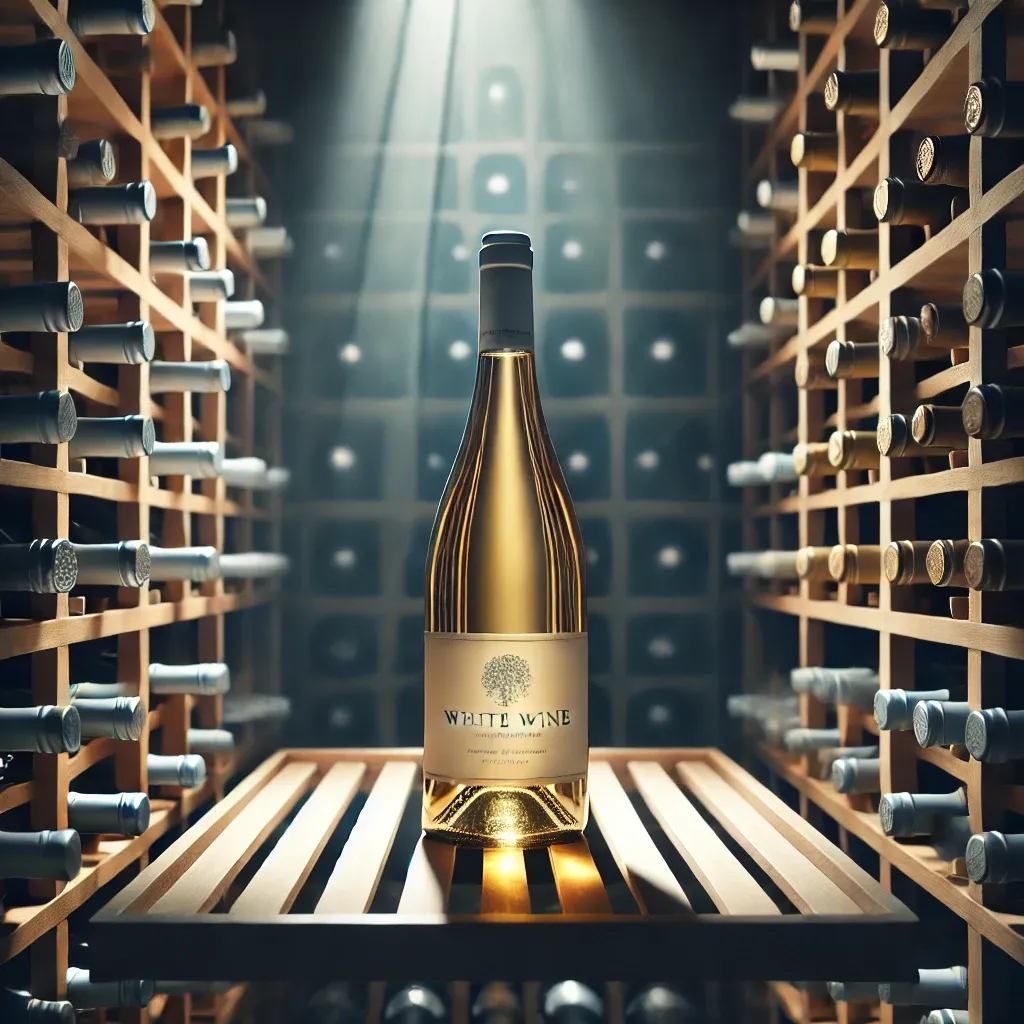White wine storage is a crucial factor in maintaining the quality of your wine. From ensuring the right temperature to understanding how long your white wine can last, there are several key components to properly storing white wine. But how exactly does the storage temperature affect the taste and preservation of white wine? In this article, we will explore the ideal temperature range for storing white wine, the best methods for keeping it in top condition, and how long white wine can last in storage.
Are you storing white wine correctly? Learn about the ideal white wine storage temperature, the best ways to store white wine, and how long it can last to ensure the best flavor.
White Wine Storage Temperature: Why It Matters
When it comes to storing white wine, the temperature plays a significant role in its longevity and taste. If you store white wine at the wrong temperature, it can deteriorate rapidly, losing its freshness, aroma, and overall character. So, what is the right temperature to store white wine?
The Ideal Temperature Range
The best temperature for storing white wine falls between 45°F (7°C) and 50°F (10°C). At this range, the wine will age gracefully and retain its flavor profile without the risk of spoilage. Storing it at temperatures higher than this can cause the wine to age prematurely, making it lose its freshness and develop off-flavors.
-
Cool and Consistent White wine should be stored in a cool environment with a consistent temperature. Sudden temperature fluctuations can lead to expansion and contraction of the wine, which can lead to leakage and exposure to air.
-
Avoid Freezing Wine can freeze if the temperature dips too low. This could cause the cork to pop out, ruining the wine and allowing air to get in.
-
Cellars and Wine Fridges Many people opt to store their white wine in wine cellars or fridges with temperature control. This ensures a stable environment and minimizes the risk of temperature swings that could harm the wine.
How Temperature Affects Taste
Temperature doesn’t just affect the preservation of the wine—it also influences how the wine tastes. White wines stored at higher temperatures can lose their crispness and develop overly sweet flavors, while wines stored at too low a temperature may taste dull and flat. By storing your white wine at the recommended temperature, you’ll enjoy the wine’s full aroma, acidity, and balance.
👉 Learn more about wine storage temperature 👈
White Wine Storage: Best Practices for Preservation
Proper storage practices ensure your white wine remains at its best for as long as possible. Along with the correct temperature, there are several other factors to consider when storing white wine.
Positioning and Storage Conditions
-
Horizontal Position Just like red wine, white wine bottles should ideally be stored horizontally. This keeps the cork in contact with the wine, preventing it from drying out and allowing air to enter.
-
Avoid Direct Light Ultraviolet (UV) light can degrade wine, leading to “light-struck” flavors. It’s best to store your white wine away from direct light, such as in a dark cellar or a wine fridge with a solid door.
-
Humidity Control A humidity level of around 70% is ideal for wine storage. Too little humidity can dry out the cork, allowing air into the bottle, while too much humidity can encourage mold and degrade the label.
Using Wine Coolers
If you don’t have a wine cellar, a wine cooler is a great alternative. These specialized refrigerators offer precise temperature control, ideal humidity, and protection from light. Wine coolers come in various sizes, so whether you’re storing a single bottle or hundreds, you can find one to suit your needs.
How Long Can White Wine Be Stored?
White wines are generally meant to be consumed relatively soon after purchase, as they don’t age as long as red wines. However, certain white wines can age beautifully if stored properly. For instance, full-bodied wines like Chardonnay or Riesling can improve with age, while lighter whites, like Sauvignon Blanc, are best enjoyed young.
👉 Explore tips for preserving your white wine 👈
White Wine Storage Period: How Long Will It Last?
While the right storage conditions can help extend the life of your white wine, there’s always a limit to how long you should store it. Here’s a breakdown of the shelf life for various types of white wine:
1. Light White Wines
Light, crisp white wines like Sauvignon Blanc and Pinot Grigio are meant to be consumed young. These wines generally have a shelf life of 1-2 years when stored properly.
2. Full-Bodied White Wines
Rich, full-bodied white wines such as Chardonnay, which often undergoes oak aging, can be stored for a bit longer—3-5 years. If you’re looking for a more developed flavor profile, keeping these wines longer can be beneficial.
3. Sweet Wines
Sweet white wines, including Riesling and Sauternes, have a higher acidity and sugar content, which can help preserve them for longer periods. They can last anywhere from 5 to 10 years under ideal storage conditions.
Knowing When to Drink Your Wine
If you store your wine in the right conditions, you can enjoy it at its peak. Each wine type has its own optimal drinking window, and aging wine can be an art. But how can you tell when the wine is at its best? Paying attention to the characteristics of the wine—such as its color, aroma, and taste—can help you determine when to open the bottle. If the wine smells musty or vinegary, it’s likely past its prime.
👉 Check more on wine aging periods 👈
In conclusion, white wine storage temperature is a crucial factor in maintaining the quality and flavor of your wine. By following the ideal temperature range, proper storage techniques, and understanding how long different white wines can last, you can ensure that each bottle you open is enjoyed at its best.






